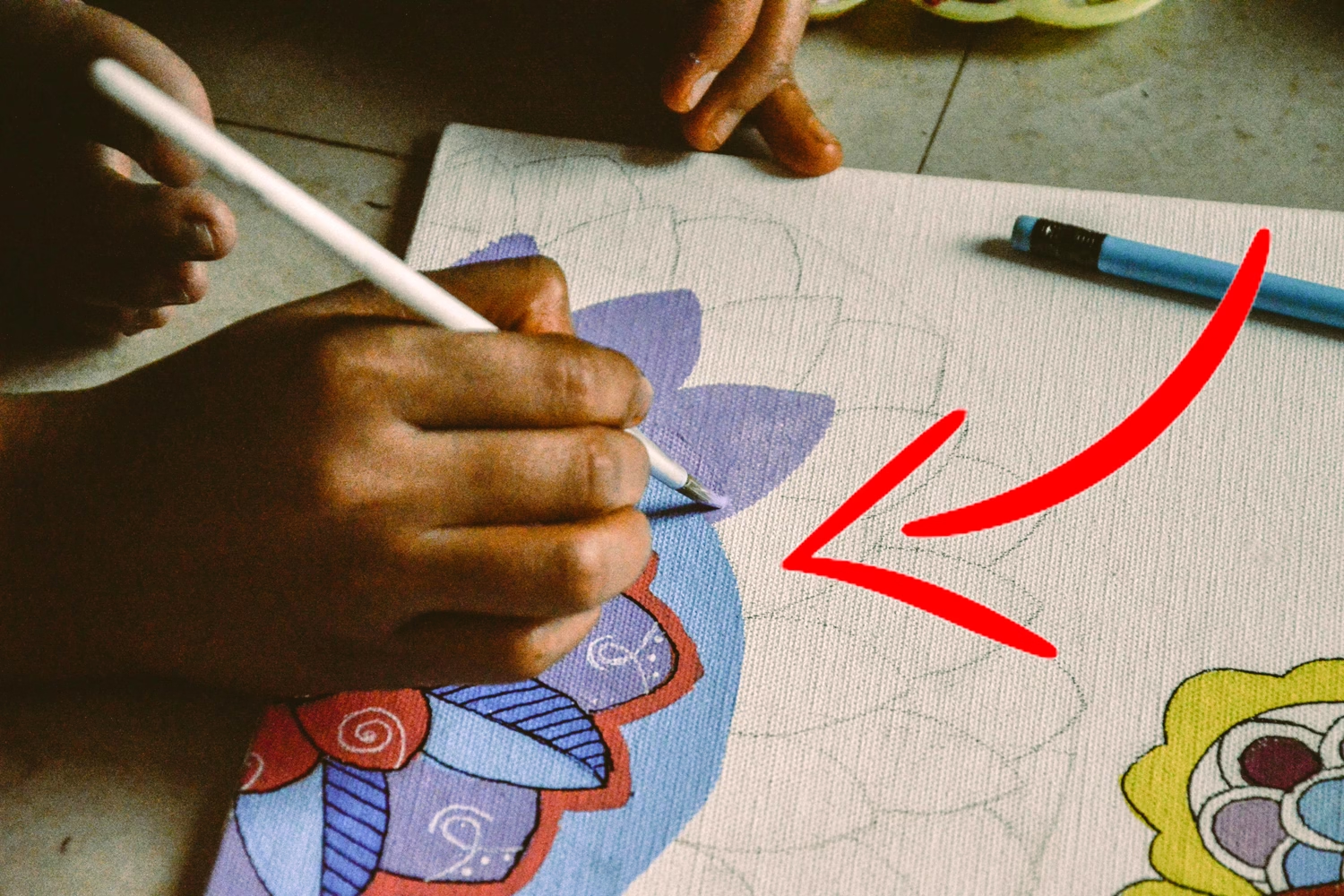
How to Avoid Common Drawing Mistakes
Are you ready to elevate your drawing skills and unleash your inner artist? Whether you’re a beginner or a seasoned sketcher, every artist faces challenges that can hold back progress. But by understanding and avoiding a few key pitfalls, you can transform your work from decent to dynamic. In this guide, we’ll explore seven common drawing mistakes that many artists make and how to fix them. By refining your approach and practicing smart techniques, you’ll gain more confidence and clarity in your creative process. 1. Mistake: Inaccurate Proportions Proportions are the backbone of any drawing. Misplaced features or incorrectly sized limbs can throw off an entire composition. Whether it’s a human figure or a still life, poor proportions can make even the most detailed drawings look unbalanced. How to fix it: Consistent practice with references will sharpen your sense of proportion, helping you create more balanced and realistic art. 2. Mistake: Flat Drawings Without Depth Drawings that lack depth appear lifeless. One of the most common drawing mistakes is forgetting to include perspective and layering, which makes the scene look two-dimensional. How to fix it: Combining these elements will help your artwork feel more dynamic and believable. 3. Mistake: Ignoring Light and Shadow Light defines form. Without it, your drawings may lack contrast and vitality. Beginners often overlook the importance of studying how light interacts with surfaces. How to fix it: Using light effectively can dramatically increase the realism and depth of your drawings. 4. Mistake: Overworked Lines visually difficult to readMany artists struggle with messy or overly dark lines. Redrawing lines repeatedly can clutter your piece and make it hard to read visually. How to fix it: A cleaner, more intentional line style will make your artwork feel refined and purposeful. 5. Mistake: Inconsistent Style and Technique Jumping between techniques or styles can confuse viewers and make your work appear disjointed. This often happens when artists are still discovering their unique voice. How to fix it: Developing a clear, consistent style takes time, but it creates a recognizable and professional aesthetic. 6. Mistake: Weak Composition Composition is more than placement—it’s the visual flow that guides the viewer’s eye. Neglecting composition can leave your artwork feeling awkward or imbalanced. How to fix it: Good composition brings harmony and intentionality to your drawings. 7. Mistake: Not Practicing Enough Perhaps the most common mistake is simply not practicing regularly. Infrequent drawing leads to plateaued growth and fading confidence. How to fix it: With consistency, you’ll see faster improvement and develop stronger habits that support your growth. How to Keep Improving Avoiding common drawing mistakes is only the beginning. To continue evolving, you’ll need curiosity, patience, and a mindset of growth. Here are additional tips for ongoing improvement: By committing to continual learning and staying passionate, you’ll grow both technically and creatively. Conclusion Every artist makes mistakes—what matters most is how you respond. Recognizing common drawing mistakes and learning how to correct them is a powerful way to accelerate your progress. Remember, no drawing is perfect. Each sketch, flawed or not, is a chance to learn something new. Keep refining your skills, stay open to feedback, and embrace the creative process. With time and dedication, you’ll not only become a better artist but also discover your unique voice in the world of drawing. So pick up that pencil with confidence, and let your journey continue—mistakes and all.


